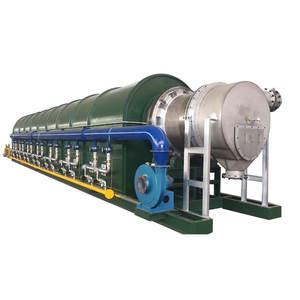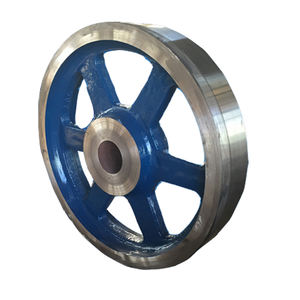The classification of equipment within construction and industrial sectors carries significant implications for safety protocols, operational training requirements, and regulatory compliance. A frequent point of inquiry arises regarding whether a jackhammer, a ubiquitous tool in demolition and excavation, qualifies as heavy machinery. A precise mechanical engineering analysis reveals that the classification depends critically on the specific type and configuration of the jackhammer in question.
(Is A Jackhammer Considered Heavy Machinery)
Heavy machinery is fundamentally characterized by several key attributes: substantial size and mass requiring specialized transport, complex integrated systems (hydraulic, power train, structural), the necessity for dedicated operator stations or cabs, and operation typically demanding specific certifications. Examples include excavators, bulldozers, cranes, and large loaders. These machines perform core earthmoving, material handling, or large-scale construction tasks, posing significant hazards demanding rigorous safety management.
The traditional pneumatic jackhammer, powered by compressed air and directly handled by an operator, falls demonstrably outside this category. While undoubtedly powerful and capable of delivering high-impact energy for breaking concrete, asphalt, or rock, its defining characteristics contrast sharply with heavy machinery. It is handheld or shoulder-mounted, highly portable, and lacks an integrated operator station. Its operation, while requiring training in safe handling techniques, vibration mitigation, and personal protective equipment (PPE), does not necessitate the extensive certification typically mandated for heavy equipment operators. Its power source is external (an air compressor), and its mechanical system, though robust, is relatively simple compared to the intricate hydraulic and control systems of true heavy machinery. Pneumatic jackhammers are more accurately classified as powered handheld tools or demolition tools.
However, the engineering landscape presents a crucial nuance. The term “jackhammer” is sometimes colloquially applied, or conflated with, hydraulic breakers. These are fundamentally different. Hydraulic breakers are substantial demolition attachments powered by the hydraulic system of a carrier machine, most commonly a hydraulic excavator or a dedicated demolition rig. In this configuration, the breaker itself is a sophisticated component integrated into a larger heavy machinery system. The excavator or carrier provides the massive base machine, the hydraulic power source, the operator’s protected cab, and the complex controls. The hydraulic breaker attachment, while performing a similar percussive function to a handheld jackhammer, is an integral part of this heavy machinery unit. Its operation is inseparable from the operation of the carrier machine, which undeniably falls under the heavy machinery classification. The operator manipulates the breaker using the excavator’s controls from within the cab, subject to all the safety and operational protocols governing heavy equipment.
Therefore, a definitive mechanical engineering assessment concludes:
1. Handheld Pneumatic Jackhammers: These are not classified as heavy machinery. They are powered handheld demolition tools.
2. Hydraulic Breakers: When mounted as an attachment on an excavator or similar carrier machine, the combined system (carrier + breaker) is unequivocally heavy machinery. The breaker itself is a heavy-duty attachment designed for integration into heavy equipment.
The distinction is not merely semantic but carries practical weight. Safety regulations, operator training and certification requirements (OSHA standards in the US, equivalent regulations elsewhere), maintenance protocols, and hazard assessments differ substantially between operating a handheld tool and operating a multi-ton excavator fitted with a hydraulic breaker. Handheld jackhammer operators focus on vibration exposure, noise, flying debris, manual handling, and proper PPE. Operators of excavators with breakers must be certified in heavy equipment operation, managing machine stability, hydraulic system safety, crushing/pinching hazards, overhead obstacles, and the complex dynamics of the carrier machine itself, in addition to the demolition forces generated by the breaker.
(Is A Jackhammer Considered Heavy Machinery)
In summary, while the term “jackhammer” often evokes the image of the handheld pneumatic tool, which is definitively not heavy machinery, engineers must recognize the context. The powerful hydraulic breakers commonly used in large-scale demolition are integral components of heavy machinery systems, inheriting that classification and its associated operational and safety imperatives. Accurate terminology and understanding of equipment integration are paramount for safe and effective project execution.


